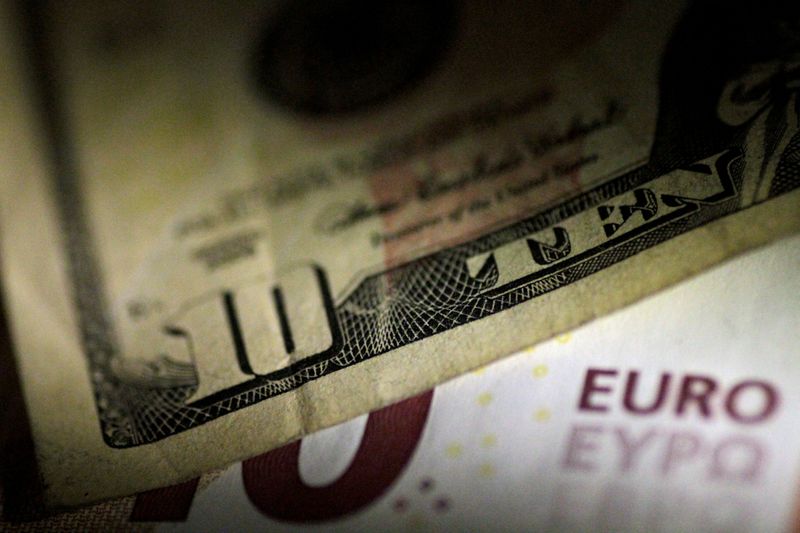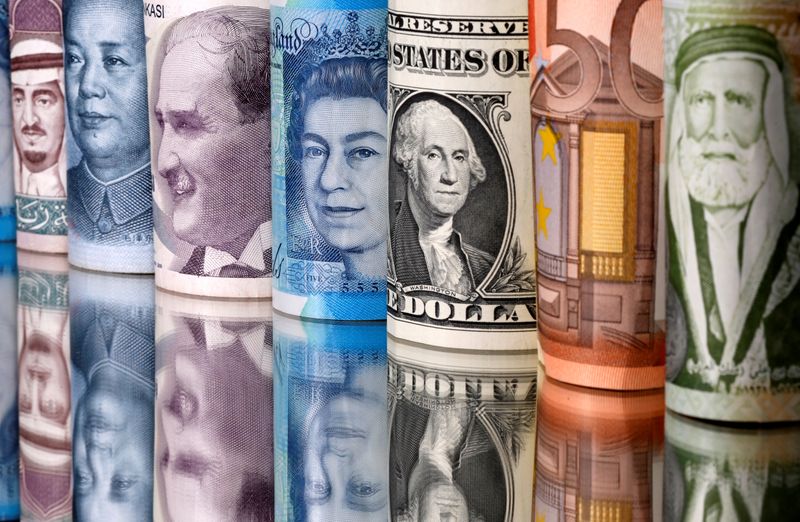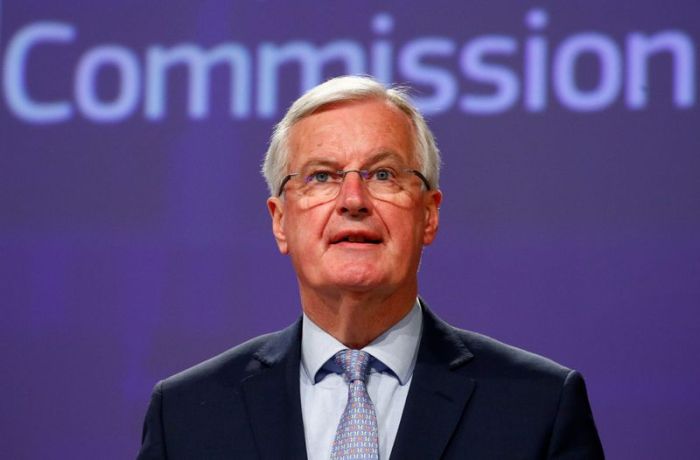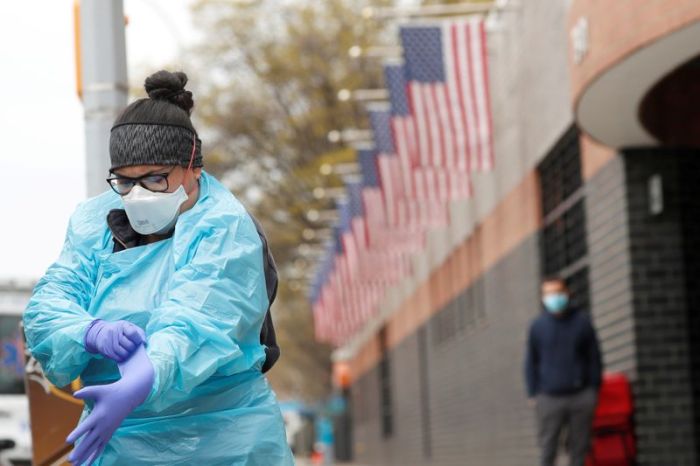NEW YORK (Reuters) – The dollar edged lower against the euro on Friday, hurt by month-end flows and as the common currency continued to enjoy a boost from the European Union’s recently announced plan to prop up the bloc’s coronavirus-hit economies with a 750 billion-euro ($828 billion) recovery fund.
The greenback was little moved after U.S. President Donald Trump said on Friday he was directing his administration to begin the process of eliminating special treatment for Hong Kong, in response to China’s plans to impose new security legislation in the territory.
“I think traders were bracing for the possibility of new tariffs or sanctions or a pullback on Phase 1 which of course didn’t happen,” said John Doyle, vice president of dealing and trading at Tempus Inc in Washington.
The euro <EUR=> was 0.13% higher at $1.1091, its fourth straight day of gains. The euro’s rally this week has pushed it over its 200-day moving average for the first time since late March and lifted it about 1.7% for the week, its best weekly gain in nine weeks.
Much of the euro’s move was driven by optimism generated by the European Commission’s stimulus plan announced earlier this week, as well as investors’ improved appetite for risk-taking as global economies gradually move to reopen after coronavirus-linked shutdowns, analysts said.
Month-end adjustments to portfolio hedges, after a more than 3% rally in May for U.S. stocks, was also weighing on the dollar, said Stephen Innes, chief global markets strategist at AxiCorp.
“The 3%-plus jump in equities this month suggests a medium-sized USD sell program into month-end,” said Innes.
The euro was also helped by data that showed inflation continued to slow on crashing oil prices but underlying price growth held steady, a hopeful sign for European Central Bank policymakers trying to stave off deflation.
The pound <GBP=> was about little-changed against the euro and the dollar ahead of a new round of Brexit talks next week.
(Reporting by Saqib Iqbal Ahmed; additional reporting by Julien Ponthus and Tom Westbroolk; editing by Jonathan Oatis and Daniel Wallis)

























